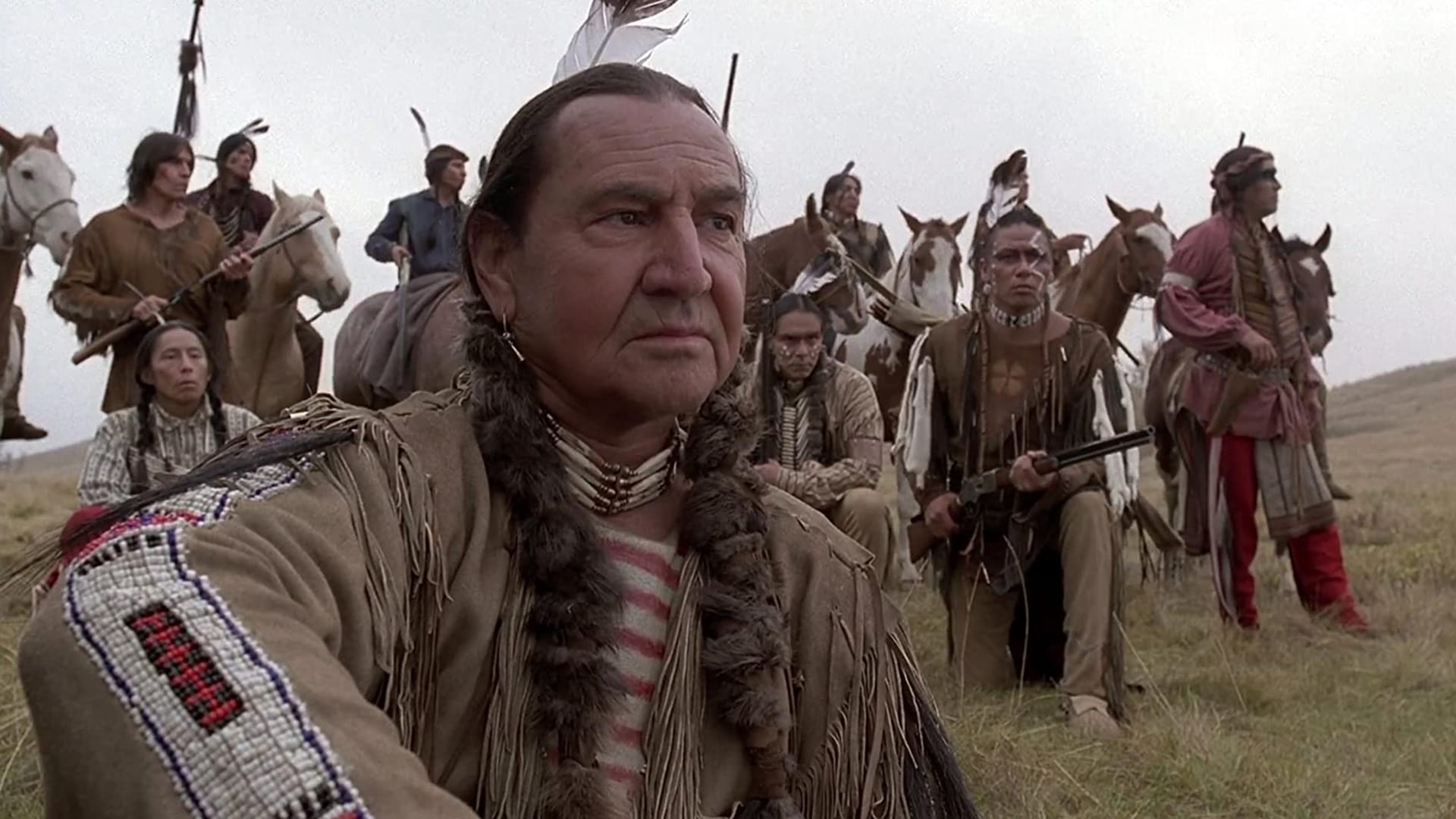

Second stanza: "swaddling spirit wrapped in "cliched baubles & bangles swinging from the gallows of mute ear lobes." Your phrasing uncommonly depicts emotional A turmoil from the depths of your soul.Įxamples: your opening steals ones breath "bury my heart at wounded knee" speaks deeply to me. Note#2: The Wounded Knee Massacre, also called the Battle of Wounded Knee, was a domestic massacre of several hundred Lakota Indians, almost half of whom were women and children, by soldiers of the United States Army. The American Indian Holocaust, known as the “500 year war” and the World’s Longest Holocaust In The History Of Mankind. Stannard (Oxford Press, 1992) – “over 100 million killed” “Christopher Columbus personally murdered half a million Natives.”

*note#1: The greatest genocide in the annals of humanity:Īmerican Holocaust: D. The current death rate of Covid-19 amongst native americans the highest, as they eke out sad lives dispossessed in uncountable ways. The dehumanising extinction, flailing pockets fighting to survive largely as outcasts. It tells a story that should not be forgotten, and so must be retold from time to time.Surely the greatest disparity in human history. A unique and disturbing narrative told with force and clarity, Bury My Heart at Wounded Knee changed forever our vision of how the West was won-and lost. Using council records, autobiographies, and firsthand descriptions, Brown allows great chiefs and warriors of the Dakota, Ute, Sioux, Cheyenne, and other tribes to tell us in their own words of the series of battles, massacres, and broken treaties that finally left them and their people demoralized and decimated.

Immediately recognized as a revelatory and enormously controversial book since its first publication in 1971, Bury My Heart at Wounded Knee is universally recognized as one of those rare books that forever changes the way its subject is perceived.īury My Heart at Wounded Knee is Dee Brown's classic, eloquent, meticulously documented account of the systematic destruction of the American Indian during the second half of the nineteenth century.


 0 kommentar(er)
0 kommentar(er)
